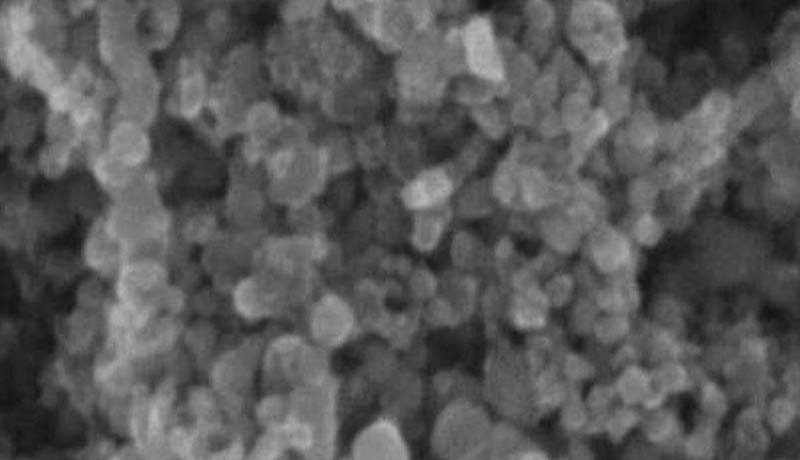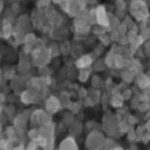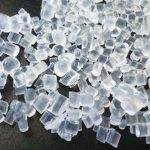As a building material, wood has a long history of being a reliable and versatile choice. There are many different types of wood that can be used in construction, and two of the most commonly used are particle board and plywood.
In this post, we will take a detailed look at both particle board and plywood, comparing their properties, applications, and costs. By the end of this post, you should have a good understanding of the differences between the two materials and be able to decide which one is the best choice for your project.
What is Particle Board?
Particle board, also known as chipboard, is a type of engineered wood that is made from wood chips, sawdust, and other small wood particles that are bonded together with a synthetic resin or other adhesive. It is usually produced in large sheets and is used as a cheaper alternative to solid wood or plywood.
One of the key properties of particle board is its low cost. It is typically much cheaper than other types of wood, making it an attractive choice for builders and DIYers on a budget. However, this low cost comes with some trade-offs.
Particle board is not as strong or durable as other types of wood, and it is prone to warping and swelling when exposed to moisture. It is also not very attractive, with a rough and unfinished surface that is often covered with a veneer or laminate to improve its appearance.
What is Plywood?
Plywood is a type of wood panel that is made from thin sheets of wood veneer, known as “plies,” that are glued together with the grains of each ply running at right angles to each other. This gives plywood a high level of strength and stability, making it a popular choice for construction and other applications where strength and durability are important.
There are several different types of plywood, each with its own specific properties and uses. Softwood plywood is made from softwoods such as pine or spruce, and is typically used for general construction, packaging, and other inexpensive applications. Hardwood plywood, on the other hand, is made from hardwoods such as oak or maple and is used for high-quality furniture, cabinetry, and other decorative applications.
Plywood is generally more expensive than particle board, but it is also stronger and more durable. It is also more attractive, with a smooth and finished surface that can be stained or painted to match the surrounding decor.
Comparison of Particle Board and Plywood
So, how do particle board and plywood compare when it comes to key properties like strength, cost, and appearance? Let’s take a closer look:
Strength and Durability
In terms of strength and durability, plywood is the clear winner. It is much stronger and more resistant to warping, bending, and other forms of damage than particle board. This is due to the way that it is constructed, with the plies of wood running at right angles to each other, which gives it added stability and strength.
Particle board, on the other hand, is not as strong or durable. It is prone to warping and swelling when exposed to moisture, and it is not as resistant to damage as other types of wood.
Cost
When it comes to cost, particle board is generally much cheaper than plywood. This is due to the fact that it is made from cheaper, lower-quality wood particles, and it requires less labor to produce. However, as mentioned earlier, the low cost of particle board comes with some trade-offs in terms of strength and durability.
Weight
In terms of weight, particle board and plywood are fairly similar. Both types of wood are lightweight, making them easy to handle and transport. However, particle board may be slightly lighter than plywood due to its lower density.
Appearance
In terms of appearance, plywood is generally more attractive than particle board. It has a smooth, finished surface that can be stained or painted to match the surrounding decor, while particle board has a rough, unfinished surface that is often covered with a veneer or laminate.
Applications of Particle Board and Plywood
So, when is it best to use particle board, and when is it best to use plywood? Let’s take a look at some common applications for each type of wood:
Applications of Particle Board
- Furniture: Particle board is often used to make cheap, low-quality furniture, such as desks, bookshelves, and tables. It is not as strong or durable as other types of wood, so it is not suitable for high-quality or long-lasting furniture.
- Flooring: Particle board is not suitable for use as flooring, as it is not strong enough to support the weight of people and objects.
- Shelving: Particle board can be used to make shelving, but it is not as strong as other types of wood, so it is not suitable for heavy items.
- Packaging: Particle board is often used to make boxes and other packaging materials, as it is lightweight and inexpensive.
Applications of Plywood
- Construction: Plywood is a popular choice for construction, as it is strong and durable, and it can be used for a wide range of applications, such as wall and roof sheathing, subflooring, and exterior siding.
- Furniture: Plywood is a good choice for furniture, as it is strong and durable, and it can be stained or painted to match the surrounding decor.
- Cabinetry: Plywood is often used to make cabinets, as it is strong and can be cut and shaped to fit into tight spaces.
- Signs: Plywood is a good choice for making signs, as it is strong and can be painted or printed on.
Conclusion
In conclusion, particle board and plywood are both useful types of wood, but they have different properties and applications. Particle board is a cheaper and lighter option, but it is not as strong or durable as plywood. Plywood is more expensive and slightly heavier, but it is stronger and more attractive, making it a better choice for certain applications.
When deciding between particle board and plywood, it is important to consider the specific needs of your project, including the strength and durability required, the cost, and the appearance. By weighing the pros and cons of each material, you should be able to make an informed decision on which one is the best choice for your project.



